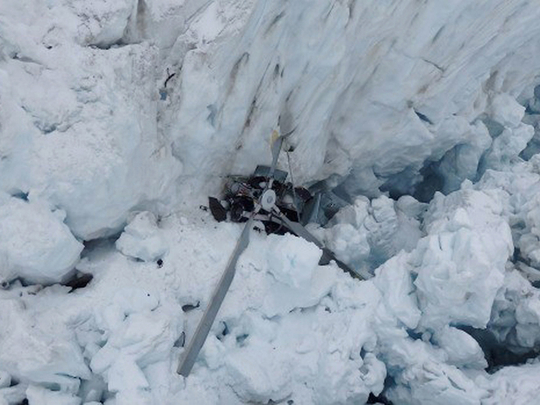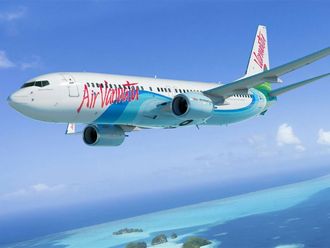
Fox Glacier, New Zealand: Tributes have been paid to the two British couples who died in a helicopter crash in New Zealand on what was meant to be a “trip of a lifetime”.
Two of the passengers killed were on Sunday named as Andrew Virco, and his partner Katharine Walker, from Cambridge, who had been celebrating their 50th birthdays.
The couple had tried to take the same helicopter trip the previous day but were forced to wait due to bad weather. Friends revealed that Walker, who worked at Addenbrooke’s hospital as head of radiotherapy, and her partner, Virco, who worked as a photographer, were on a “trip of a lifetime”.
Grandparents Nigel Charlton, 66, and his wife Cynthia, 70, from Hampshire, were also identified as being among the dead. Neighbours of retired dentist Charlton and his wife in the village of Dunbridge, near Romsey, spoke of their sadness. Cathie Wood, 71, who knew the couple for 40 years, said: “He (Charlton) was very generous, very loving. She was a great needlewoman, she loved dressmaking, she loved knitting, she loved the garden and she loved the cottage. They loved singing and they loved travel.
The British couples were apparently on separate campervan holidays around New Zealand. As well as the British victims, Sovannmony Leang, 27, and Josephine Gibson, 29, both from New South Wales, Australia, died along with the pilot Mitchell Gameren, 28, from Queenstown, New Zealand. Gameren was reportedly an experienced flyer and was not regarded as a risk-taker.
As questions arose about the safety practices surrounding the popular glacier flights, authorities said three bodies had been discovered but the painstaking recovery operation has been hampered by treacherous conditions at the crash site about 2,500 feet up. Police have yet to identify the bodies and warned it may take days to recover the remaining four. A spokesman said the recovery was “extremely challenging”.
Describing conditions in the top sections of the glacier, police inspector John Canning said: “It is pitted with crevasses. It is ice, it is slippery, it is cold, and we have severe weather forecast for the next two days.”
The wreckage lies wedged between thick walls of ice in a deep crevasse along a stretch of the glacier about 3,000 feet wide, where recovery teams face thick ice, strong winds, snow, hail and poor visibility. Fox Glacier, on the west coast of New Zealand’s South Island, is known as one of the world’s more accessible glaciers and attracts around 30,000 visitors a year.
However, there have been several aviation accidents and incidents in recent years, including a plane crash in 2010 at the local airstrip which killed nine people. Tony Kokshoorn, the local mayor, said the weather on Saturday included low clouds and intermittent rain and was “not ideal for helicopter flying”.
However, conditions were not deemed to be excessively dangerous and numerous helicopters safely conducted other flights. Chris Alexander, from Glacier Country Tourism, said: “The helicopter was fully certified. All of the risks should have been mitigated. Obviously something has gone wrong and the investigation will take its course.”
Investigators are to interview Fox Glacier Heliservices, the operator, to examine details of their training and the experience of the pilot and crew. They will also examine the design, manufacturing, and maintenance of the helicopter. The operator said in a statement the pilot was “a very valued member of our team”.
“Fox Heli Services’s thoughts are with the families of the passengers and pilot,” it said. To assist with the recovery, a drone will be deployed to assess the crash site. After the recovery of the remaining bodies - and depending on the weather - a helicopter will try to fly above the crevasse to lift out the wreckage. New Zealand’s transport accident investigation commission said the wreckage was lying in heavily crevassed steep terrain about the size of a rugby field. “We know the scene is a particularly difficult one,” said Peter Northcote, from the agency.











